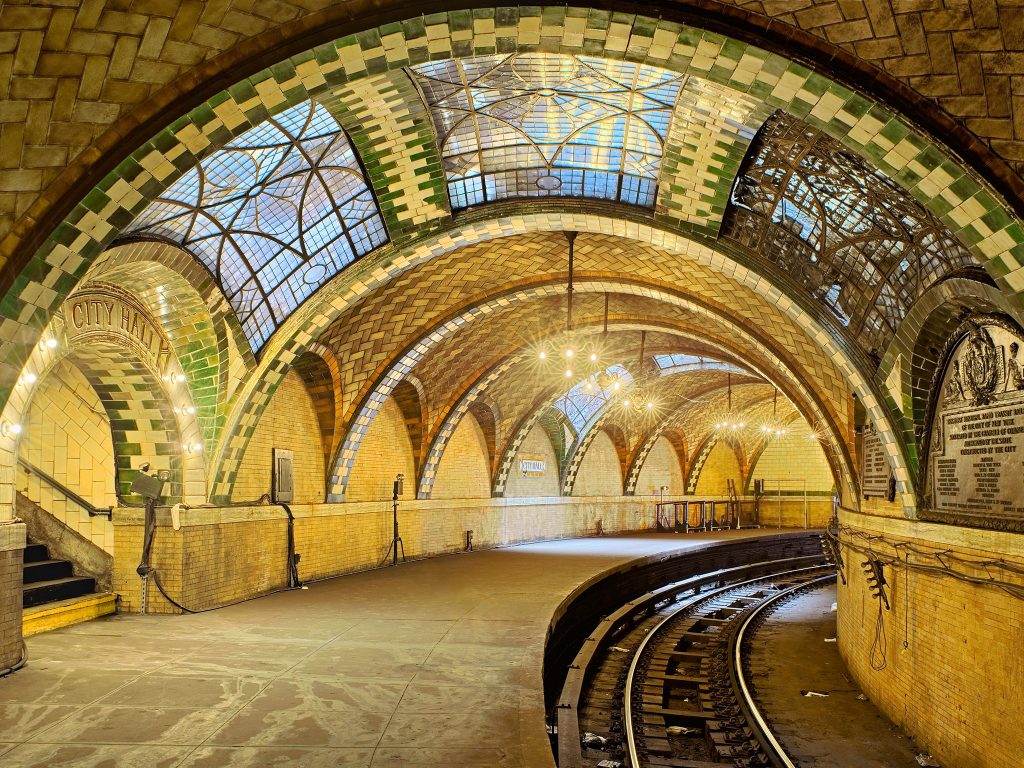Urban Decay: Unveiling the Abandoned Secrets of Cities
Introduction:
The urban landscape is a fascinating tapestry of human civilization, constantly evolving and adapting to the needs and desires of its inhabitants. However, amidst the bustling streets and towering skyscrapers, there are hidden pockets where time stands still – abandoned buildings that have succumbed to neglect and decay. Urban explorers seek out these forgotten spaces, uncovering their secrets and documenting their haunting beauty. In this article, we delve into the world of urban decay, exploring its causes, consequences, and allure.
Understanding Urban Decay:
Urban decay refers to the process by which a previously functional area or building falls into disrepair due to neglect or abandonment. It is often characterized by dilapidated structures, overgrown vegetation reclaiming once-manicured landscapes, shattered glass windows reflecting years of neglect, and eerie silence echoing through empty hallways.
Causes of Urban Decay:
1. Economic Factors:
Economic downturns can contribute significantly to urban decay. When industries collapse or relocate elsewhere for financial reasons, entire neighborhoods can be left without employment opportunities or investment. Without a stable economic base, communities struggle to maintain infrastructure and services.
2. Population Shifts:
As cities grow and evolve over time, certain areas may fall out of favor due to changing demographics or shifting cultural preferences. This leads to decreased demand for housing in specific neighborhoods or commercial districts. Neglected properties become magnets for crime and vandalism as they lose their value within the real estate market.
3. Government Policies:
Government policies can play a significant role in either mitigating or exacerbating urban decay situations. Lack of funding for public infrastructure maintenance programs can accelerate deterioration while inadequate housing regulations may allow slums to flourish unchecked.
Consequences of Urban Decay:
1. Social Disruption:
Abandoned areas often create an environment conducive to social disruption such as drug abuse, crime rates surges like burglary or vandalism activities amongst others. These areas can become breeding grounds for illicit activities as they provide a sense of anonymity and seclusion.
2. Environmental Impact:
Urban decay has adverse effects on the environment, primarily due to the neglect or improper disposal of hazardous materials within abandoned buildings. As structures deteriorate, pollutants may leak into the surrounding soil and water sources, posing health risks to both humans and wildlife.
3. Loss of Cultural Heritage:
Abandoned buildings can hold immense historical and cultural value. When these spaces succumb to decay, it represents a loss in our collective memory and heritage. Preserving these structures not only maintains a link to our past but also provides opportunities for adaptive reuse that can revitalize neighborhoods.
The Allure of Urban Decay:
Despite its negative connotations, urban decay holds an undeniable allure that draws urban explorers from all walks of life. The reasons behind this fascination are multifaceted:
1. Beauty in Decay:
There is an eerie beauty found within decaying structures – peeling paint revealing layers of history, nature reclaiming once-manmade spaces with its persistent force, and the interplay between light and shadow casting ethereal scenes that captivate photographers’ lenses.
2. Sense of Adventure:
Exploring abandoned places provides adventurers with a sense of thrill and excitement akin to stepping into another world frozen in time—a journey into the unknown where every corner promises discovery.
3. Reflection on Human Transience:
Urban decay serves as a poignant reminder of human transience; it offers an opportunity for introspection about impermanence—the fleeting nature of life itself—and prompts contemplation about how we shape our surroundings.
Preservation Efforts:
While some may argue that urban decay should be left untouched as a testament to changing times, there is growing recognition that preserving historic architecture is vital for future generations. Initiatives such as adaptive reuse projects aim to breathe new life into decaying structures by repurposing them for contemporary uses like art galleries, community centers, or residential lofts. By striking a balance between preservation and progress, these efforts contribute to the revitalization of neighborhoods while honoring their past.
Conclusion:
Urban decay is both a consequence and reflection of societal trends and economic shifts. While it carries negative implications for communities affected by its blight, urban decay also holds an undeniable allure that captivates explorers seeking forgotten stories within crumbling walls. Recognizing the significance of preserving cultural heritage amid changing cityscapes can help strike a delicate balance between embracing progress and honoring our past. As we peer into abandoned spaces, we uncover not only the secrets they hold but also our own relationship with time, transience, and the ever-evolving nature of human existence.

Leave a comment